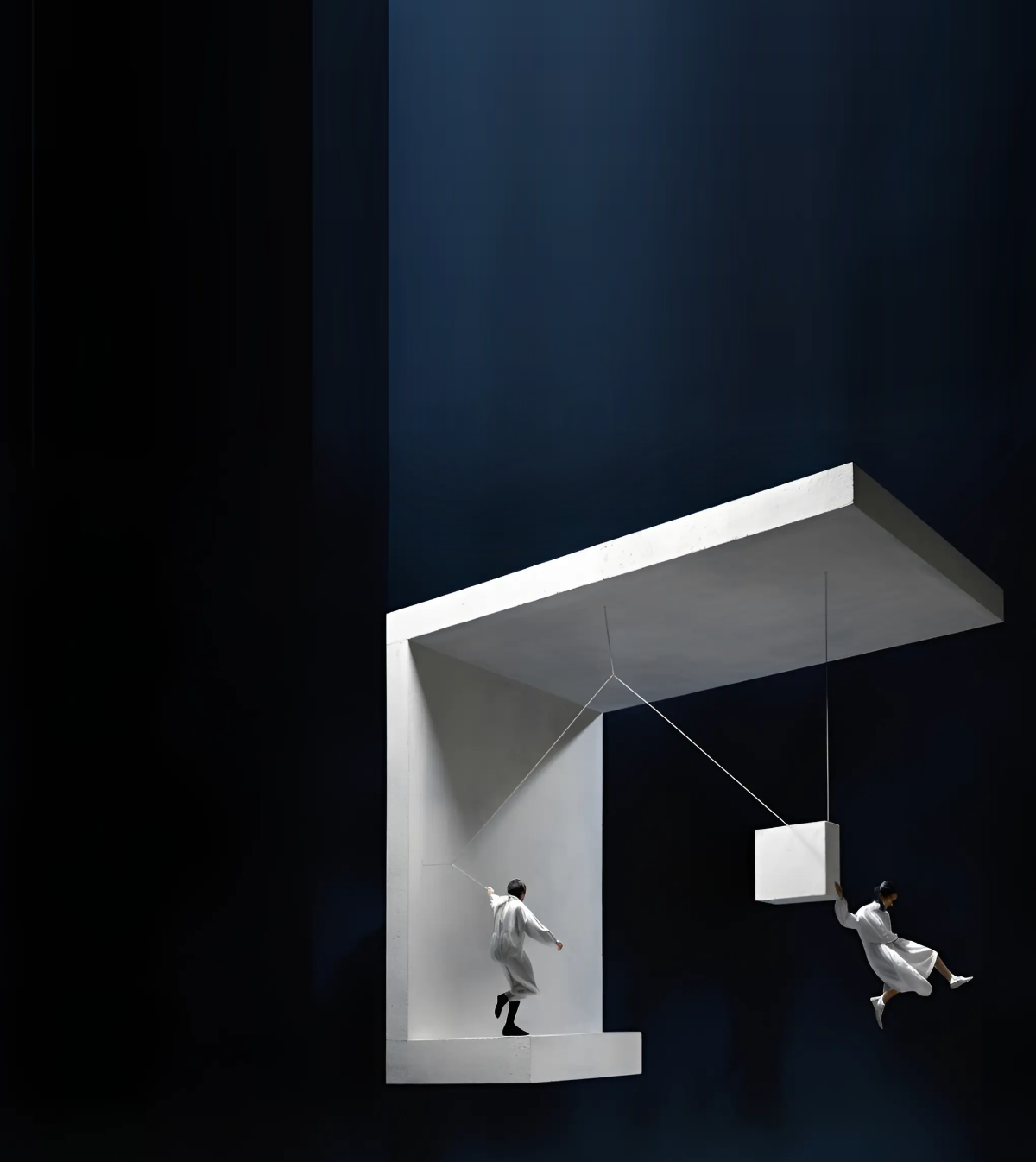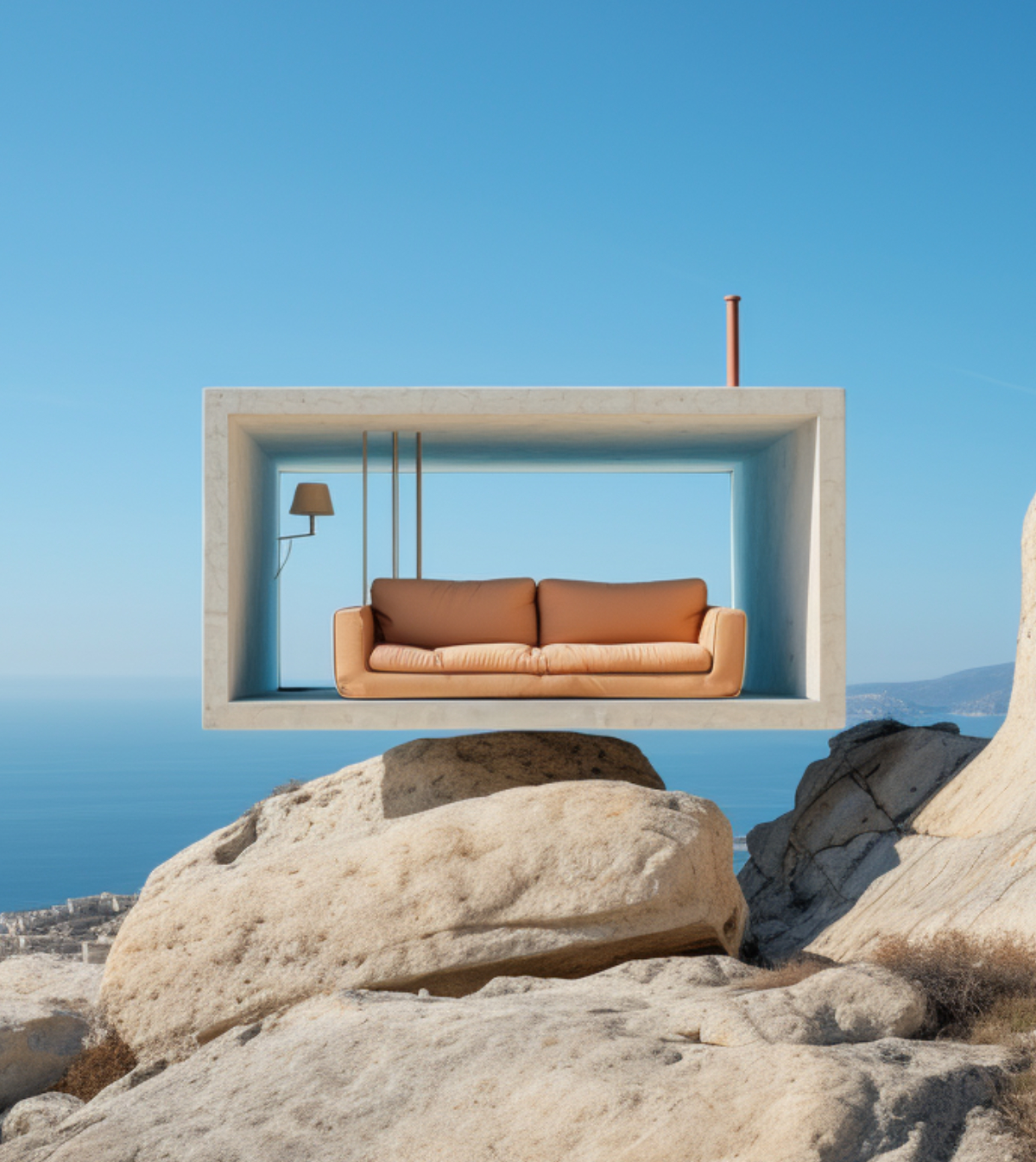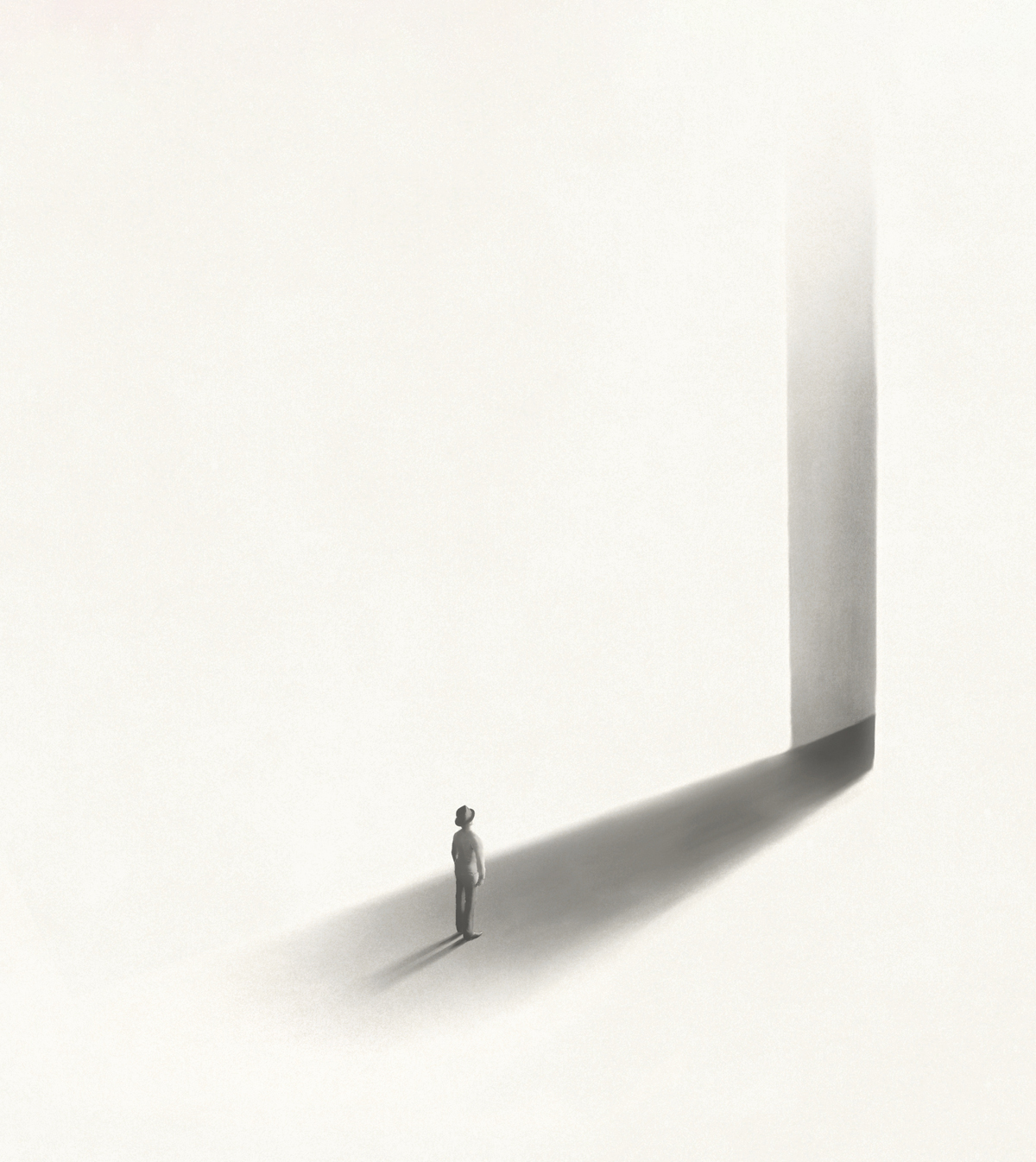Chun Wai Charles Lai, Takehiko Suzuki, Doyeon Cho
We are a group of architects from Hong Kong, South Korea and Japan. We move around different cities quite a lot and do not really have a base. Sometimes we meet up in different cities but mostly we communicate by Internet. I guess that’s also a new mode of working together as a team since nowadays architects and designers often have a nomadic lifestyle. But for this competition it is mostly done in Hong Kong.
We recognise ourselves not as an office but rather a research group to explore and experiment in the field of architecture, especially in the context of the metropolitan. We think that it is peculiar to witness how the Asian metropolitan cities develop itself in the way that contrasts with those in the west. We aim to exploit those characters and develop architecture and spaces that resonate with the Asian context, not in a literal way but in a more subconscious, more experiential manner.
We mainly focus on small competitions at this moment so that we can keep the team small and controllable. We believe that this would allow us to produce sensitive and delicate design and this is a quality we pursue now. Some of us have individual engagements to write or teach architecture in different institutes as well.
CL: i think the architectural scene is at its tipping point. After a decade of funky and eccentric forms, architects had became much more sober these years. This may be a result of the economic recessions around the world recently and the capital invested in architecture is shrinking. So the sobriety is not only a reaction towards the eccentric but also a solution against a diminished budget. Architects are more conscious about the ordinary and the generic and go back to the task of identifying and solving problems in the city. I think this is a good shift.
DC: For me, architecture is a means to explore my interests although I think, in most cases, the society takes architect as an agent to execute and realise what they desire.
TS: architecture is the tool to connect myself to the society. in that way, architectural thinking is personal, emotional, sometimes even biased, but that is why it's strong. And i believe that, our society of complexity like the situation in Japan after 3.11 can be drastically changed by this tiny personal thinking.
The brief is extremely interesting in the architectural vision competitions and it allows architects/designers to be liberated from the constraints of the reality and focus only on creating architecture and space. This freedom is like an open end and sometimes even radical. We are interested in exploring that and producing a scheme with an edge. Sometimes a good brief is necessary for a good project.
In a way we always use competitions to test and develop rough ideas about architecture. Again, a competition like this can allow architects/designers to further develop a certain idea into a scheme. The accumulated experience of resolving problems and constraints of site and program in the context of idea competition could eventually be extremely beneficial when there comes an opportunity to realize the initial idea. We think that it is a continuous process and has to be done repeatedly. This is the only way to develop a distinctive design method. The competition is just a waypoint rather than the finishing line for a certain architectural vision.
Top 3 Reasons Why You Should Enter Architecture Competitions
Curious about the value of architecture competitions? Discover the transformative power they can have on your career - from igniting creativity and turning designs into reality, to gaining international recognition.
Learn more























